|
My feelings about the Elements of Art have changed over the years. As a new teacher I thought they were THE MOST IMPORTANT THING, and had to be addresses in every lesson. However, as I began to grow as a professional and develop my own teaching style I started to become disillusioned with them. Were they as important as I thought? I wondered if the Elements were worthy of so much of my student's time.
My Guideline for Teaching the Elements of Art- The Elements are hard to understand when they are isolated. To encourage deep thinking, students should be encouraged to develop their own opinions about what Elements stand out to them when they examine artwork. - The Elements are one of many ways to approach art. They should go hand in hand with explaining personal connections and emotional response to artwork. - The Elements are a great introduction to modern art and how art has evolved through time. - To really understand and learn vocabulary, kids have to talk, analyze and make personal connections to the Elements. Teaching the ElementsTo teach the Elements to my high school Art 1 students, I set up an experience where they will have to analyze, form opinions, use vocabulary in conversations and apply new learning. I start with assigning group presentations, where students have to define their assigned Element, find examples and make a game the reviews the information covered. As groups present, the class takes notes and develops ideas for their own artwork, which can be inspired by any Element. Next each student makes artwork inspired by an Element of their choice. This unit is deep and comprehensive, but it doesn't take more than a week of two. It's a way to teach the Elements that feels real and valuable.
Read more about this unit here
1 Comment
It's been hard to deal with the hostility that has permeated out political discourse for the last year and a half. I hoped that the election would mitigate it, but the world woke up to the unexpected the next day. Since then, our country has been in the grip of something dark, made up of fear of the unknown and a lack of tolerance on both sides of the political spectrum. I refuse to believe that half our our country is made up of xenophobic bigots, but there is a very present threat of hate and intolerance coming from those who will lead us. Part of me wants to give up, to tune it out, but I can't. It's a teachable moment. I tell my students that my classroom is a place where their ideas will be respected and valued but that right ends where other's right to feel safe begins. I tell them we can disagree while still seeing the humanity in each other and that what we make must advocate our point of view, not attack others. Then I challenge them to make art that advocates for an issue they believe in. And they do it. They think through their position and create powerful images. They treat one another with respect, even though they have differences. They listen instead of yell. They give me hope for the future. Whose art gets made in an art classroom? If we're not careful it's the teacher's art. Avoiding that and fostering self expression are important to me, so I ask students to make as many decisions as possible themselves. This includes decisions about craftsmanship. What we refer to as "craftsmanship" often refers to stylistic preferences. If I make these important choices for my kids I'm robbing them of a great learning opportunity. 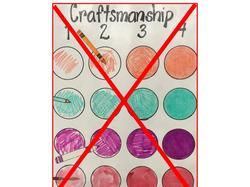 This, of course, doesn't mean that I skip craftsmanship or ignore it. It means I differentiate. Craftsmanship isn't a directive in my classroom. It's a conversation. My Art 1 students are working on a pixel/pointillism assignment as part of our Artists Solve Problems unit. The unit starts by looking at some amazing art inspired by pointillism, then practicing traditional stippling. Some of the spheres I asked then to create in out 15 minute mini-lesson were sloppy, some were lovely. "What" I asked the class "makes this work well?" We talked about it and the class came up with a range of suggestions. Next I presented an array of pixel/ pointillism inspired ideas and challenged them to make their own work. Some choose to stick with stippling. Some decided to expand on the idea of making points. Many branched out, bring in their own supplies - like soda tabs, cups, matches, M&Ms, salt or even oats. There were no issues with sloppiness in the student directed section of my lesson, unlike in my stippling mini-lesson.
The difference was ownership. Because students were working to accomplish their visions on their own terms they took pride in their work and strived for excellence, doing things like hand gluing individual grains of salt or spending hours coloring soda tabs black. Not just some students. Virtually all. Any conversations during this work in progress, all done on Friday, were about how to communicate vision. "Would the image work better with more salt?" I asked, or "Could this be part of a series?". My role was not that of quality enforcer, but partner in creation. That makes all the difference in the quality of the final product and the learning that happens in getting there. |
Mrs. PurteeI'm interested in creating a student student centered space for my high school students through choice and abundant opportunity for self expression. I'm also a writer for SchoolArts co-author of The Open Art Room. Archives
December 2019
Categories
All
|

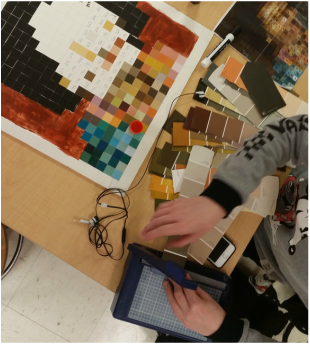
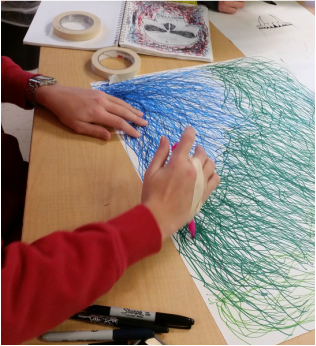
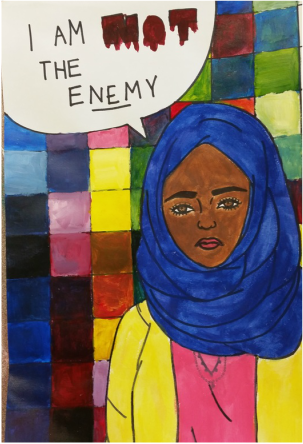
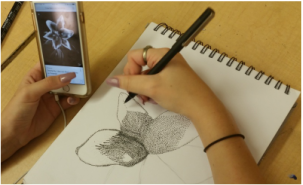
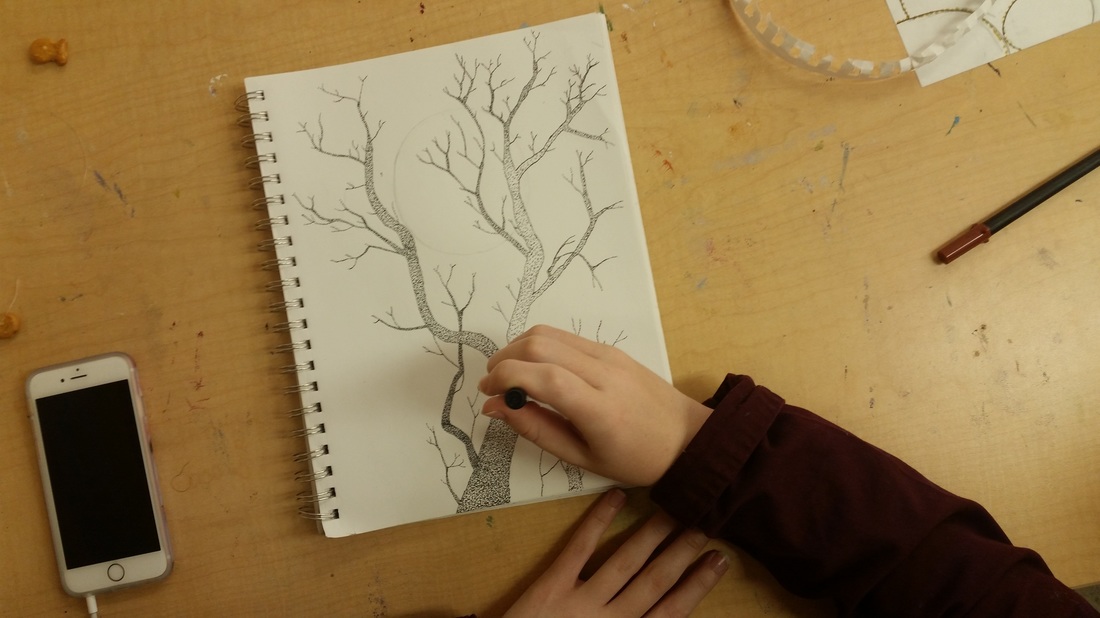
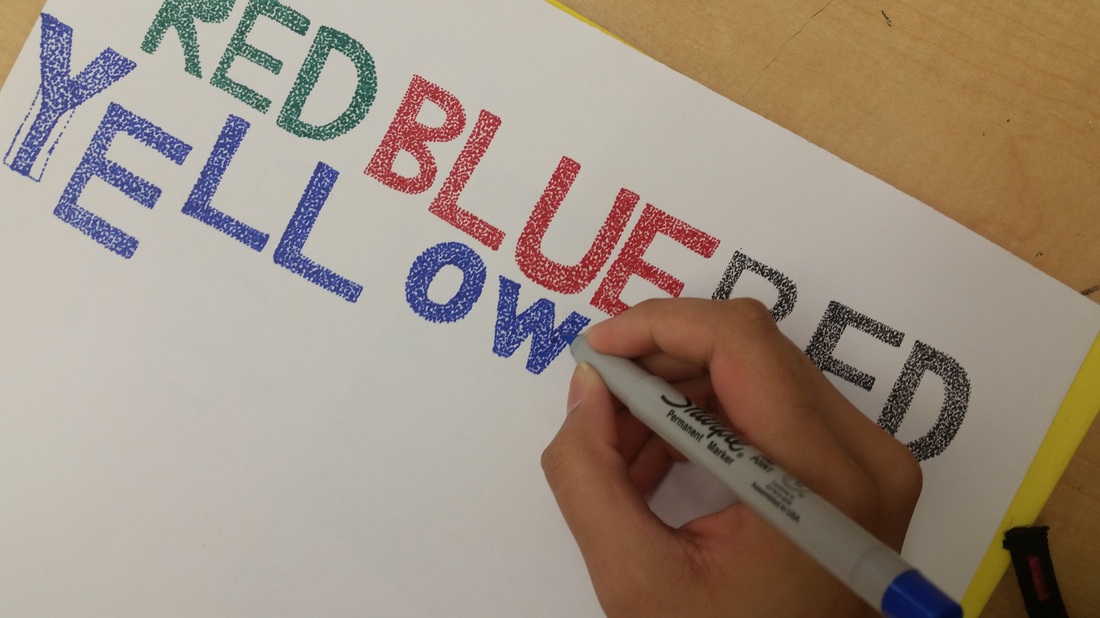
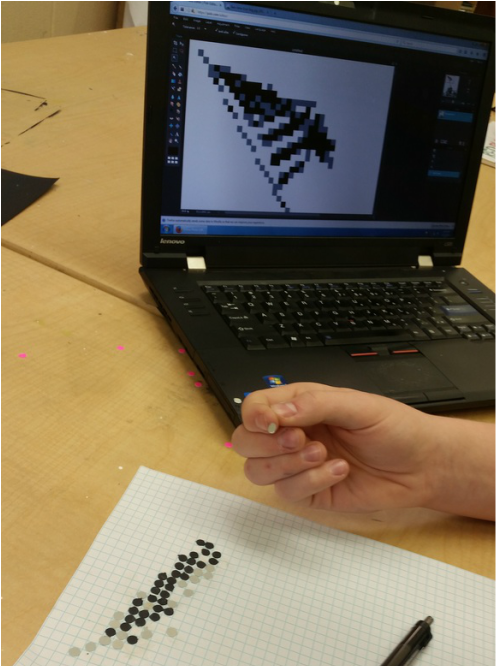
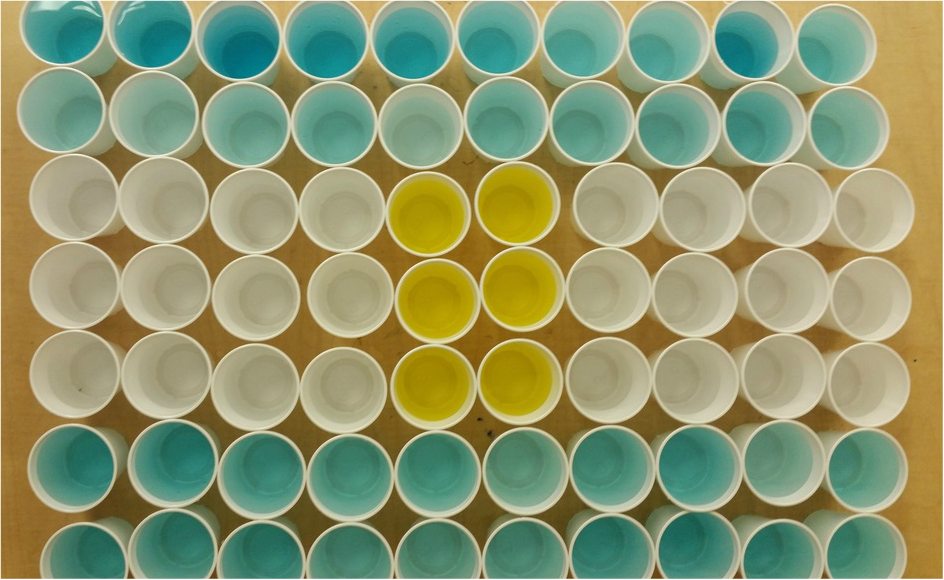
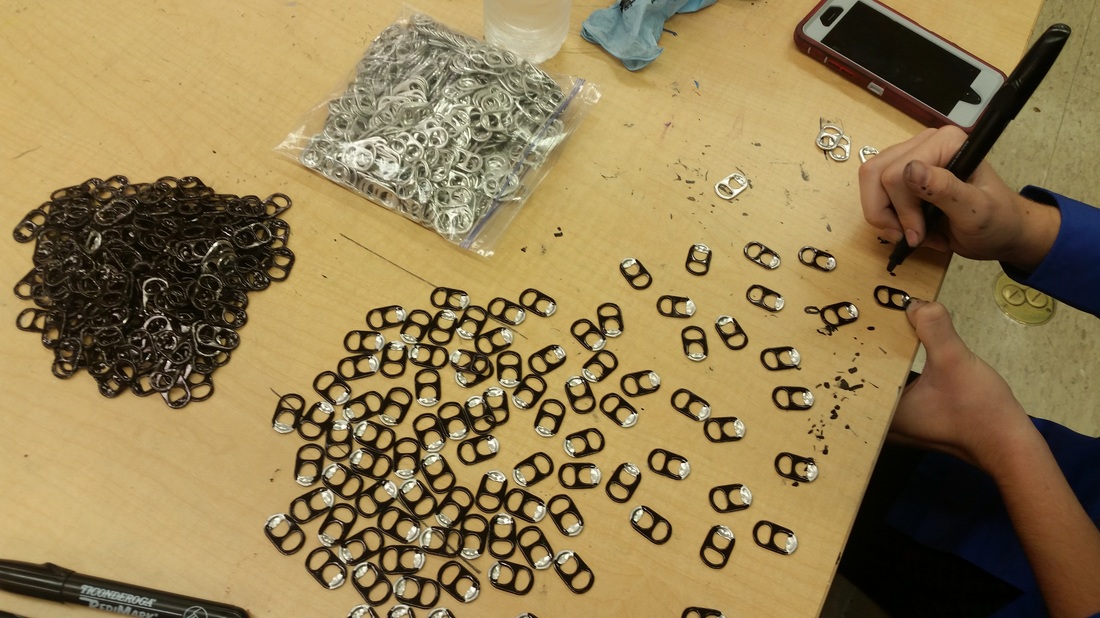
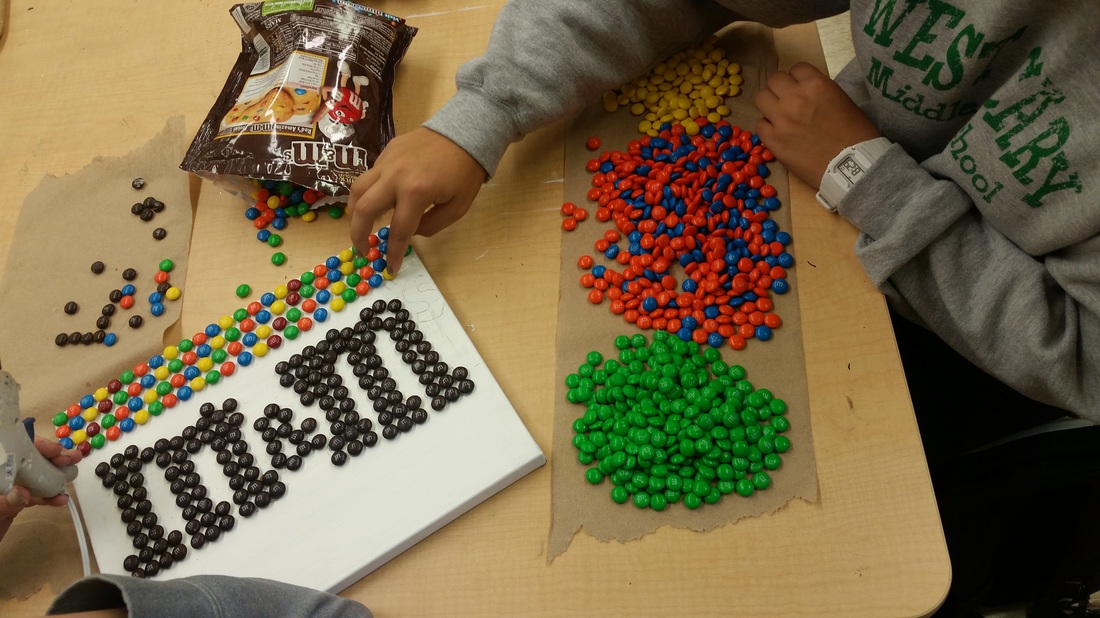
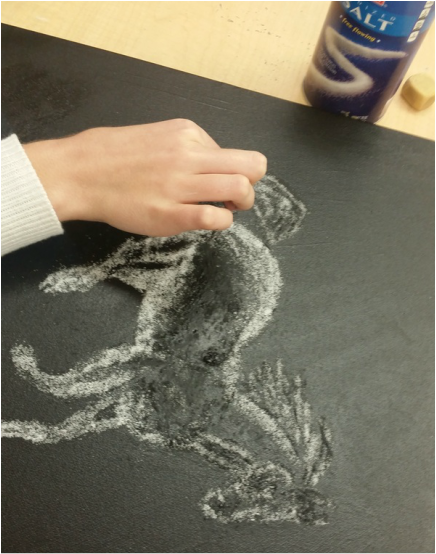
 RSS Feed
RSS Feed
